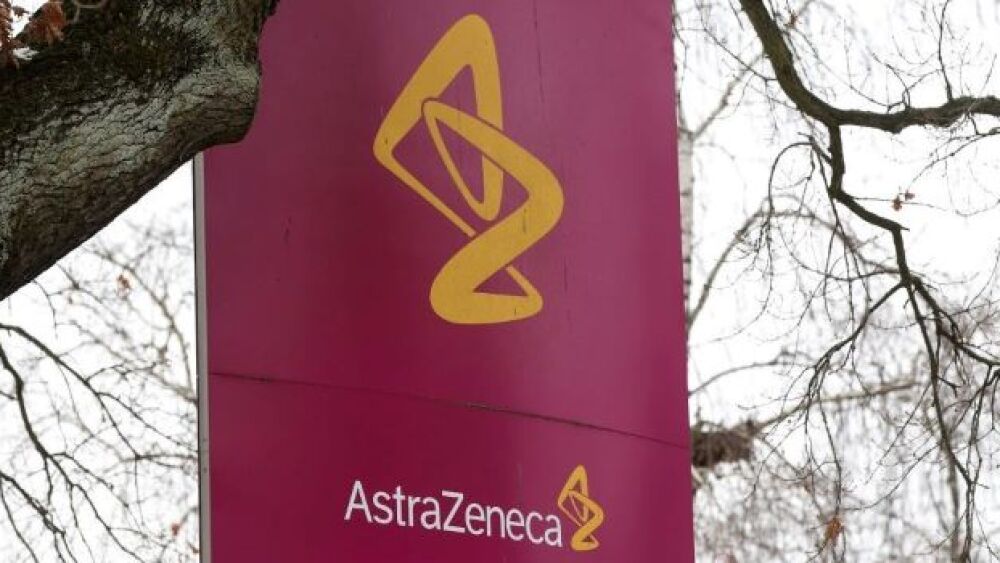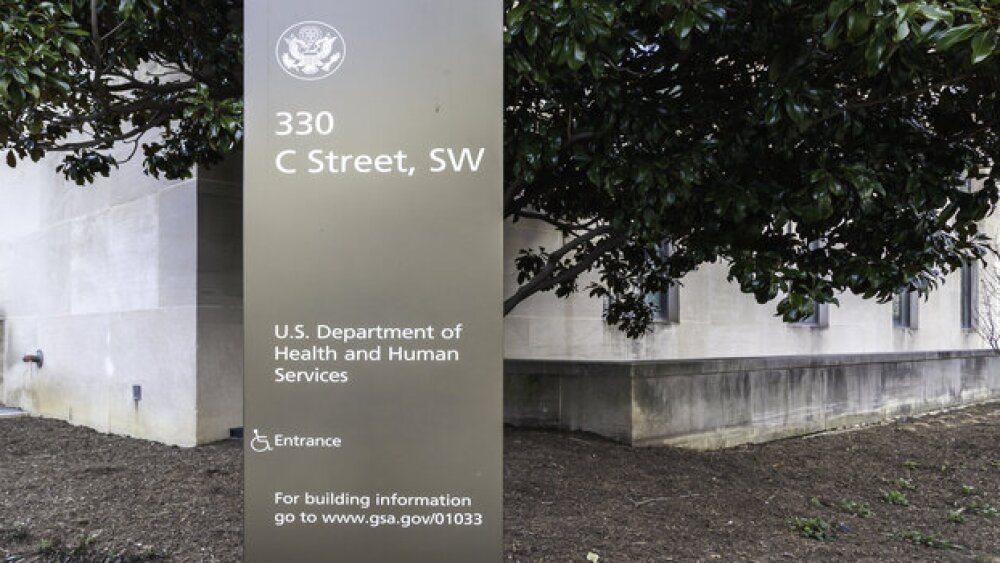AstraZeneca and Ionis reported that their NEURO-TTRansform Phase III trial in hereditary transthyretin-mediated amyloid polyneuropathy hit its co-primary endpoints.
Bodo Marks/picture alliance via Getty Images
AstraZeneca and Ionis Pharmaceuticals reported Tuesday that their NEURO-TTRansform Phase III trial in hereditary transthyretin-mediated amyloid polyneuropathy (ATTRv-PN) hit its co-primary endpoints in a planned interim analysis at 35 weeks.
The two companies teamed up in December 2021 to test and develop eplontersen for ATTR-PN and amyloid transthyretin cardiomyopathy (ATTR-CM), with AstraZeneca paying Ionis $200 million upfront.
Eplontersen is a ligand-conjugated antisense drug. Hereditary ATTR-PN is a debilitating illness that causes peripheral nerve damage with motor disability within five years of diagnosis. Without treatment, it can be fatal within ten years. It affects about 40,000 people worldwide. The drug is also being developed for ATTR cardiomyopathy (ATTR-CM), where misfolded and aggregated transthyretin accumulates in the cardiac muscle and typically causes death within four years.
The interim analysis demonstrated that the study hit its co-primary endpoints, meeting a statistically significant and clinically meaningful change from baseline for percent change in serum transthyretin (TTR) concentration, decreasing TTR protein production and change from baseline in the modified Neuropathy Impairment Score +7 (mNIS+7), a measurement of neuropathic disease progression.
“These encouraging data reinforce the safety profile of eplontersen and demonstrate clear evidence of its potential to provide much needed therapeutic benefit to patients living with hereditary transthyretin-mediated amyloid polyneuropathy,” Dr. Teresa Coelho, M.D., a neurologist and neurophysiologist at Hospital Santo Antonio, Centro Hospitalar Universitario do Porto, Portugal, and an investigator for the NEURO-TTRansform trial said.
The two companies plan to file a New Drug Application with the U.S. Food and Drug Administration this year based on the 35-week interim trial data.
Under the terms of the partnership, the drug will be jointly developed and commercialized in the U.S. AstraZeneca will develop and commercialize it for the rest of the world except for Latin America.
The original deal included $200 million upfront with additional milestone payments of up to $485 million for regulatory approvals and up to $2.9 billion in sales-related milestones based on sales thresholds between $500 million and $6 billion. Royalties in the low double-digit to mid-twenties vary from region to region.
AstraZeneca and Ionis aren’t the only companies in this market. Alnylam Pharmaceuticals received approval for Onpattro (patisiran), the first RNA interference (RNAi) therapeutic approved by the FDA, in 2018. Pfizer also has two ATTR cardiomyopathy drugs, Vyndaqel and Vyndamax, which brought in more than $2 billion in total sales last year, $909 million of it coming from the U.S. Last year, Novo Nordisk acquired Prothena Corp’s experimental AATR cardiomyopathy drug, PRX004, for a potential $1.23 billion.
Also in 2018, Ionis and its partner Akcea received approval for a first-generation drug for polyneuropathy of hereditary transthyretin-mediated amyloidosis, Tegsedi (inotersen). The drug is linked to a risk of thrombocytopenia and glomerulonephritis, which requires significant monitoring for early detection and management, and is marketed with a Risk Evaluation and Mitigation Strategy (REMS).
Ionis and AstraZeneca indicate that there were no safety concerns with eplontersen, which could be a key factor in the drug carving out a larger piece of the market. Onpattro brought in $475 million for the full year 2021. Ionis’ Tecsedi sales are lumped in with Waylivra, a drug for familial chylomicronemia syndrome, but the two drugs brought in a combined $70 million in 2021. Pfizer’s Vyndaqel and Vyndamax generated $1.3 billion in 2020 and around $2 billion in 2021.
AstraZeneca EVP, BioPharmaceuticals R&D Mene Pangalos stated, “Amyloid transthyretin polyneuropathy is a rare and fatal disease that can affect up to 40,000 people worldwide. These promising results show eplontersen has the potential to be a new and much needed treatment where limited options exist and significant unmet medical need remains.”





